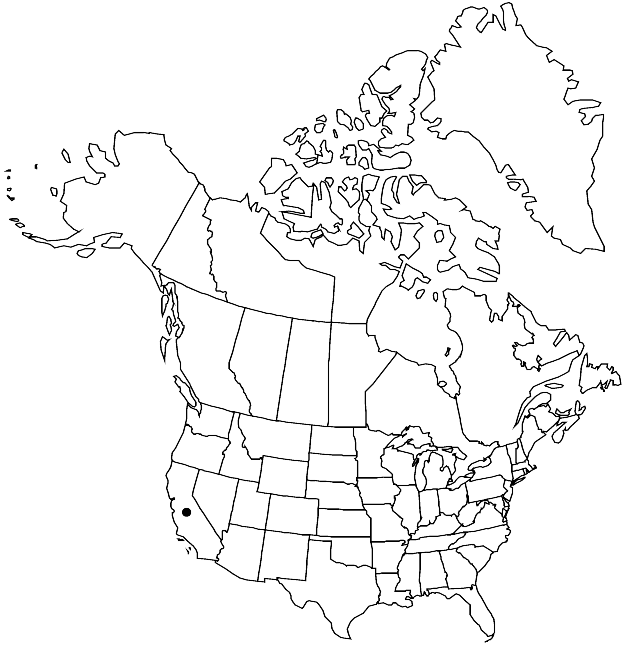Streptanthus glandulosus subsp. hoffmanii
Novon 18: 280. 2008.
Basionym: Streptanthus glandulosus var. hoffmanii Kruckeberg Madroño 14: 223. 1958
Revision as of 23:52, 27 May 2020 by imported>Volume Importer
Stems 1.5–4.5(–7) dm, densely hirsute proximally, sparsely to moderately so distally. Cauline leaves: blade flat distally, margins entire or denticulate, surfaces moderately to sparsely hirsute. Racemes secund; rachis straight. Fruiting pedicels 5–15 mm, sparsely pubescent or glabrous. Flowers: sepals lavender or rose to purple, 6–7 mm, sparsely pubescent or glabrous; petals lavender to purplish, 10–12mm; adaxial filaments 7–10 mm. Fruits spreading to reflexed, arcuate; valves sparsely pubescent or glabrous. 2n = 28.
Phenology: Flowering May–Jul.
Habitat: Serpentine or Franciscan formation outcrops
Discussion
Of conservation concern.
Subspecies hoffmanii is known from Sonoma County.
Selected References
None.
Lower Taxa
None.
